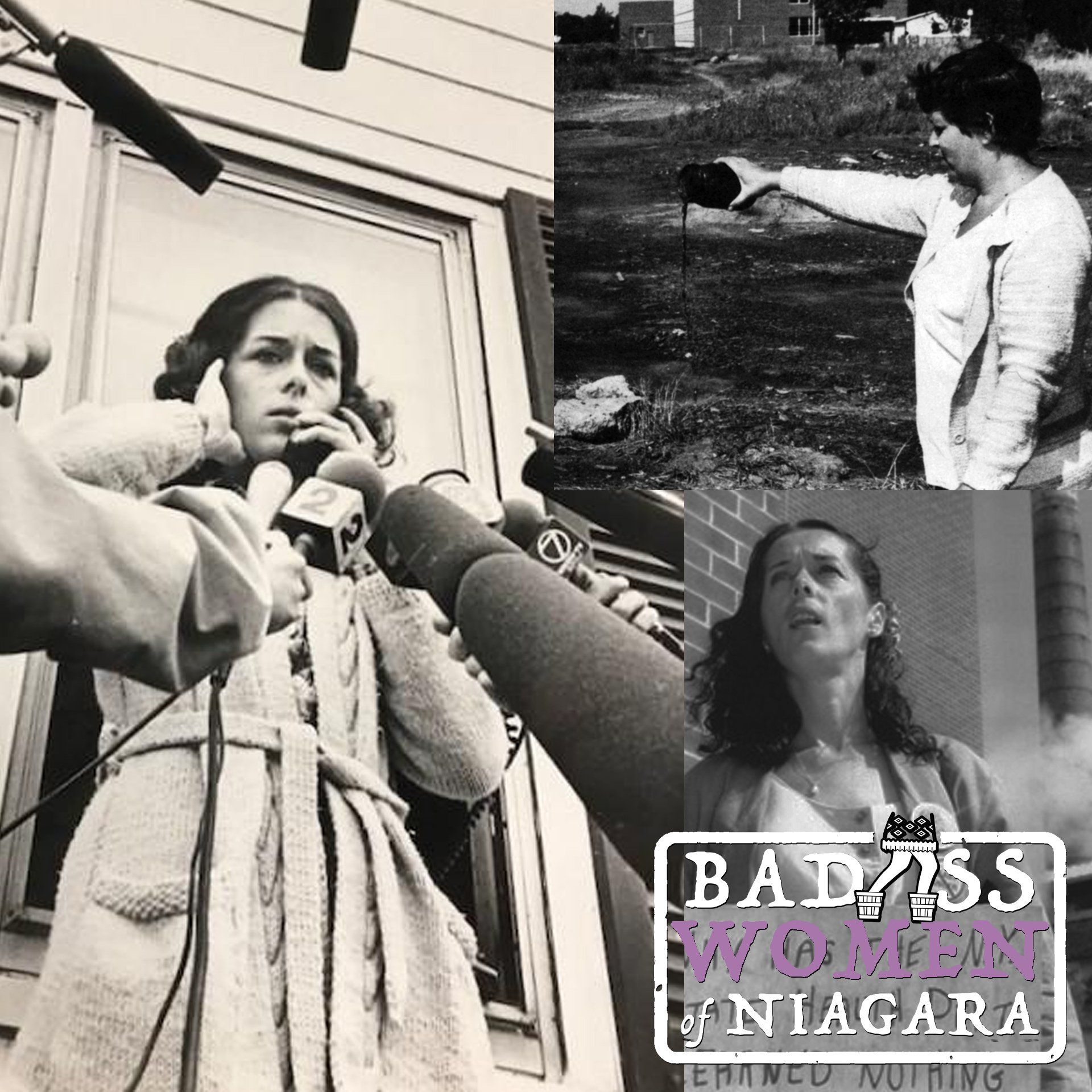Lois Gibbs & Karen Schroeder
Lois Gibbs and Karen Schroeder
In 1893, a developer began construction on a “Model City” in Niagara Falls that would be serviced by a hydraulic canal intended to divert water power from the Niagara River. The company abandoned construction of the canal when it went bankrupt. Eventually, the unfinished canal, which had been dubbed “Love Canal,” was purchased by the Hooker Chemical company, whose owners found the canal to be a convenient dump site for the company’s toxic chemical waste. In 1953, Hooker Chemical sold sixteen acres of land at Love Canal to the Niagara Falls Board of Education for one dollar, and a school was built. Throughout the 1970s, some children were burned by “chalk” they found on the ground, and others developed serious health conditions, including chromosomal damage. Rates for miscarriage, birth defects, serious health conditions among Love Canal residents far exceeded normal limits.
Government officials dragged their heels and Hooker Chemical officials discounted the impact of their chemical dump. Due to the tireless efforts of two women who refused to be silenced, Lois Gibbs and Karen Schroeder, the community rallied and demanded remedial action. Lois Gibbs was elected president of the Love Canal Homeowners Association. Together, Gibbs and Schroeder were relentless in their pursuit of justice for working families afflicted with devastating health issues and trapped in their deeply contaminated homes by economic realities that prevented them from abandoning their mortgaged homes and finding safe shelter elsewhere. At one point, Gibbs and her Homeowners Association took an EPA official “hostage” in a Love Canal home to draw attention to their plight.
Eventually, President Jimmy Carter declared a state of emergency in Niagara Falls, and an entire neighborhood of 900 families was relocated due to chemical contamination of soil and groundwater. Environmental historian David Stradling contends the Love Canal Homeowners Association, formed by Gibbs and Schroeder, was “one of the most important environmental organizations in the nation, not least because it revealed the ability of average people, especially women, to make a difference in environmental politics.”
To this day, the Love Canal neighborhood remains mostly abandoned.


